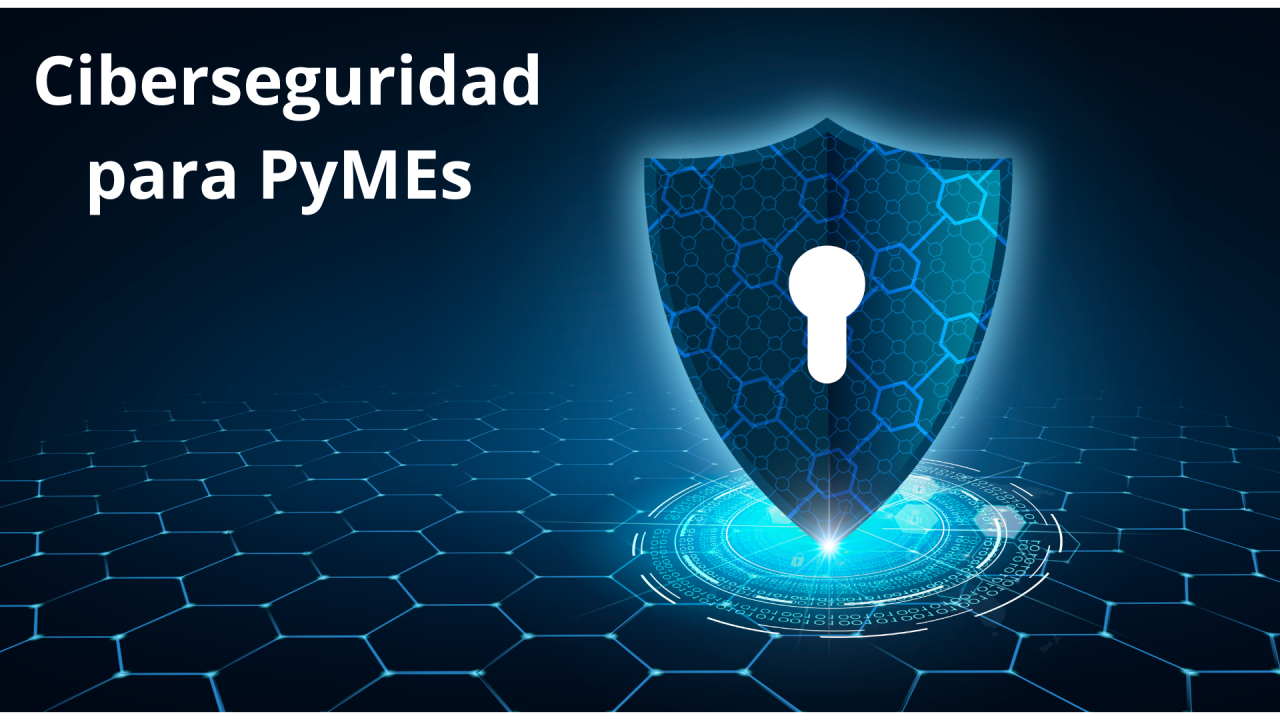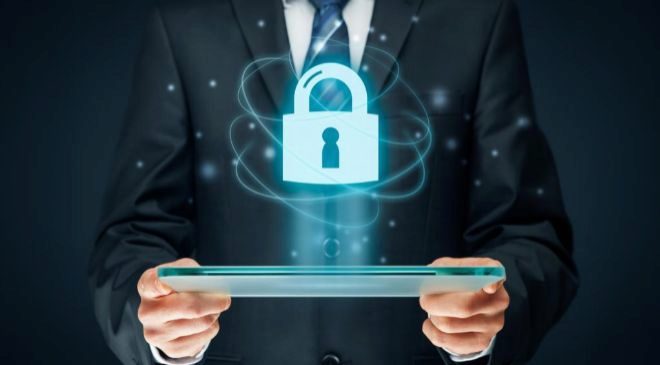In an increasingly digitalized world, cybersecurity has become a priority for all businesses, including small and medium-sized businesses (SMEs). Protection against cyber threats is not only crucial for business continuity, but also for customer trust and data integrity. In this blog, we will explore the importance of cybersecurity in SMEs, the most common threats they face, and effective strategies to protect your business.
What is Cybersecurity?
Cybersecurity is the practice of protecting systems, networks, and programs against digital attacks. These attacks often aim to access, change or destroy sensitive information, extort users, or disrupt normal business processes.
Components of Cybersecurity
Cybersecurity covers several areas, including:
- Network security: Protection of computer networks from intrusions, attacks, and other unauthorized access.
- Information security: Protects the integrity and privacy of data, both in storage and in transit.
- Application Security: Keeps software and devices free of threats.
- Operational security: Includes the processes and decisions to manage and protect data.
- Disaster recovery and business continuity: Strategies to recover from cybersecurity incidents and continue operations.
Common Threats for SMEs

Phishing
Phishing is one of the most common and effective threats. It involves sending fraudulent emails that appear to come from trusted sources with the aim of tricking recipients into revealing sensitive information such as passwords and credit card details.
Ransomware
Ransomware is a type of malware that encrypts the victim’s files and demands a ransom to restore access. This type of attack can cripple an SME’s operations as critical data becomes inaccessible.
Malware
Malware includes viruses, Trojan horses, spyware, and other malicious programs designed to damage or compromise systems. Malware can steal information, destroy data, and allow unauthorized access to company systems.
Denial of Service (DoS) Attacks
DoS and DDoS (Distributed Denial of Service) attacks seek to make a service or network inaccessible by overwhelming it with fake traffic. These attacks can disrupt business operations and impact company reputation.
Insider Threats
Insider threats come from employees, former employees, business partners, or anyone with internal access to company systems. These threats can be intentional or accidental, but equally harmful.
Cybersecurity Strategies for SMEs
Training and Awareness
One of the most effective strategies is to train employees in cybersecurity practices. Regular training on how to recognize phishing emails, create strong passwords, and handle sensitive data can significantly reduce the risk of cyberattacks.
Implementation of Firewalls and Antivirus
Firewalls and antivirus software are basic but essential tools for protecting networks and devices from unauthorized access and malware. Make sure they are always updated and configured correctly.
Use of Multi-Factor Authentication (MFA)
Multi-factor authentication adds an additional layer of security by requiring more than one form of verification to access systems and data. This can include something the user knows (password), something the user has (security token), and something the user is (fingerprint).
Regular Backups
Making regular backups and storing data securely is crucial for disaster recovery. Backups should be made frequently and stored in separate locations to protect against data loss due to attacks such as ransomware.
Solid Security Policies
Developing and enforcing clear and consistent security policies helps establish expectations and procedures to protect information and systems. This includes policies on password use, data access, and response to security incidents.
Threat Detection and Monitoring
Implementing monitoring systems to quickly detect and respond to suspicious or unusual activity can prevent attacks before they cause significant damage. Threat detection and response solutions help identify and mitigate threats in real time.
Regular Updates and Patches
Keep all systems and software up to date with the latest security patches. Regular updates close vulnerabilities that cybercriminals can exploit.
Data Encryption
Encrypting data in transit and at rest ensures that, even if the data is intercepted or stolen, it cannot be read without the appropriate encryption key. This is especially important to protect confidential and personal information.
Conclusion
Cybersecurity is an essential priority for SMEs in today’s digital environment. Understanding common threats and adopting effective strategies to protect systems and data can make a significant difference in preventing cyber attacks and protecting your business.
To find appropriate solutions that strengthen your company’s cybersecurity, visit Ibertrónica Security Solutions and explore a variety of tools and services designed to keep your business secure.
Implementing a solid cybersecurity strategy not only protects your information and resources, but also increases the trust of your customers and partners, ensuring the continuity and success of your business in the digital future.</ p>







